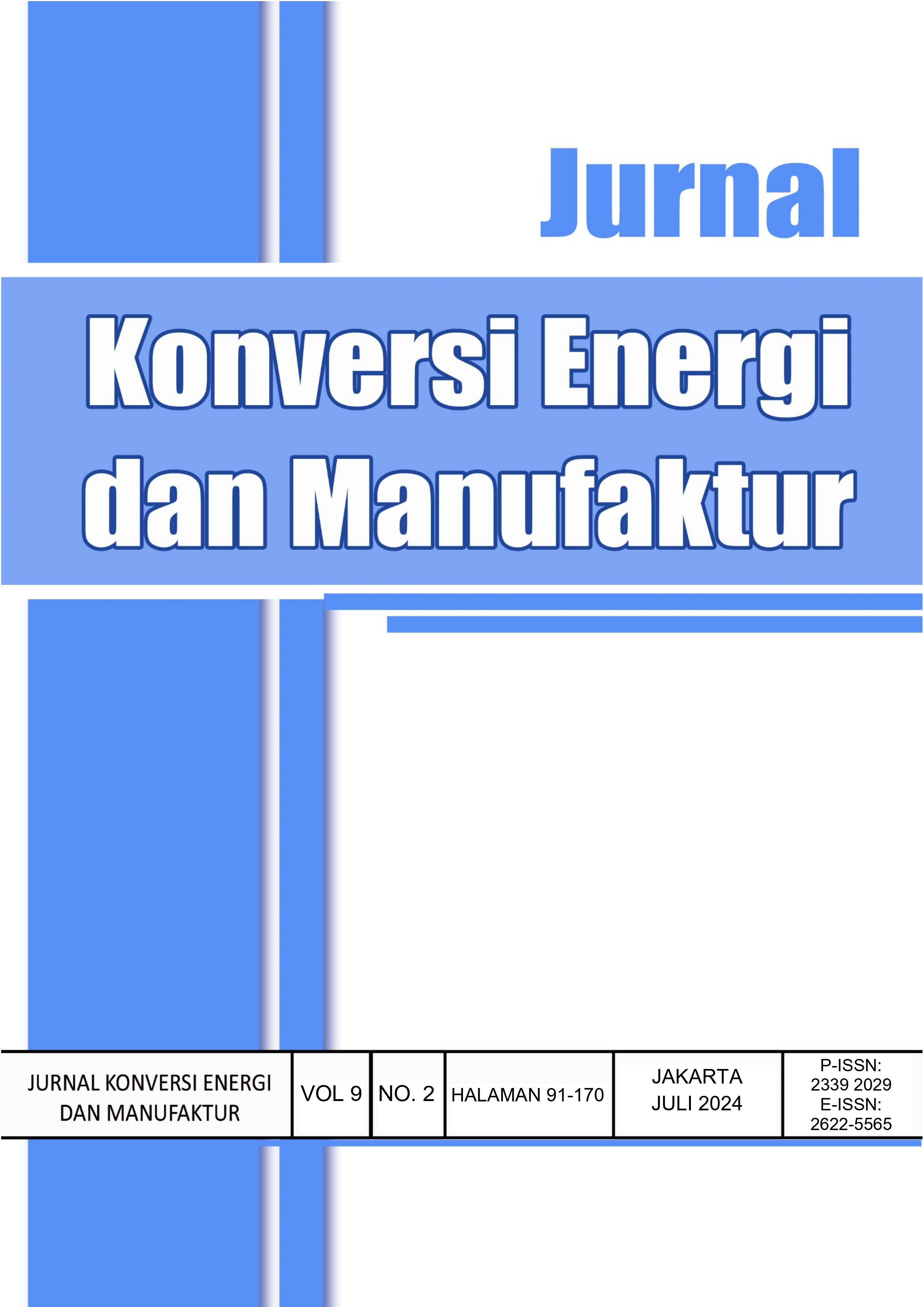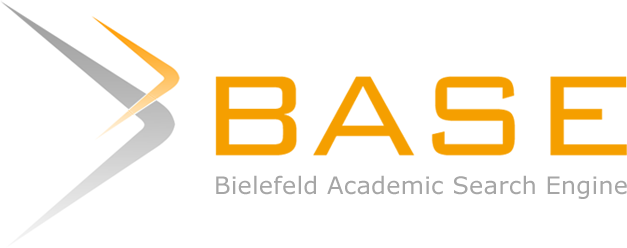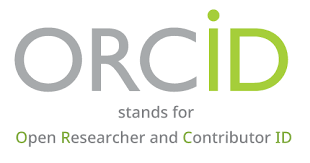ANALISIS HASIL CETAKAN MATERIAL POLYPROPYLEN BENTUK BOTOL MENGGUNAKAN METODE INJECTION BLOW MOLDING
Analysis of Bottle Shaped Polypropylene Material Mold Results using The Injection Blow Molding Method
DOI:
https://doi.org/10.21009/JKEM.9.2.4Keywords:
Blow Molding, Polypropylene, ShrinkageAbstract
The process of forming materials is often carried out in the manufacturing industry, especially in the process of forming plastic materials. One method is the injection blow molding, which is done by blowing air into a mold that has been previously designed. The need for a level of precision and accuracy in designing a mold using the injection molding process is one of the important things in the injection blow molding process. One of the designs that must be considered when printing a bottle-shaped product is that it must be precise, in accordance with the expected product design, by considering machine and mold design, material selection, molding materials, and manufacturing processes. The aim of the research is to determine the influence of temperature and pressure on thickness and shrinkage in molds with 30 ml bottle shape. From the results of tests that have been carried out, the effect of a pressure of 4 bar and a temperature of 160 °C produces an average thickness of the mold of 1.03 mm, while at a pressure of 4 bar and temperature of 180 °C the average thickness is 1 mm. The standard used for bottle products is less than 1 mm so that the pressure 4 bar from the experimental results meets the standards for injection blow molding process mold results and for shrinkage occurs at 0.681 %.
References
[2] C. A. Harper, "Handbook of Plastic Processes," Maryland: Wiley. p. 305, 2006
[3] Y. Hermawan, and I. M. Astika ,"Optimasi Waktu Siklus Pembuatan Kemasan Produk Chamomile 120 ml pada Proses Blow Molding," Jurnal Ilmiah Teknik Mesin CakraM, vol. 3, no. 1, pp. 18 – 25, 2009.
[4] H. X. Huang, and C. M. Liao, "Prediction of Parison Swell in Plastics Extrusion Blow Molding Using A Neural Network Method," Polymer testing, vol. 21, no. 7, pp. 745-749, 2002.
[5] G. Q. Huang, and H. X. Huang, "Optimizing Parison Thickness for Extrusion Blow Molding by Hybrid Method," Journal of Materials Processing Technology, vol. 182, no. 1, pp. 512-518, 2007.
[6] K. Alzoubi, “Parametric Study for A Reciprocating Screw Blow Injection Molding Process using Design of Experiments Tools,” Jordan Journal of Mechanical and Industrial Engineering, vol. 10, no. 4, pp. 279-284, 2016.
[7] F. Pranata, "Analisis Pengaruh Variasi Suhu Plastik terhadap Cacat Produk pada Mesin Extruder Berbahan Polypropylen (PP)," Tugas Akhir, UMSU, Medan, 2022.
[8] N. C. Lee, "Blow Molding Design Guide," Hanser. 3.1: 43-45. 1998.
[9] A. P. Irawan, "Diktat Elemen Mesin", Jurusan Teknik Mesin Fakultas Teknik Universitas Tarumanegara. 2009.
[10] I. Mujiarto, "Sifat dan Karakteristik Material Plastik dan Bahan Aditif," Jurnal Traksi, vol. 3, no. 2, p. 65, 2005.
[11] P. A. Krismasurya, N. W. Setyanto, and C. F. M. Tantrika, "Pendekatan Six Sigma untuk Mengurangi Defect pada Proses Pembuatan Botol Plastik di Mesin Blow Molding ASB 2000 ml," Jurnal Rekayasa dan Manajemen Sistem Industri, vol. 3, no. 1, pp. 189-199, 2015.
[12] S. Kumar, A. Panda, and R. K. Singh, "A Review on Tertiary Recycling of High-Density Polyethylene to Fuel," Resources, Conservation and Recycling, vol. 55, no. 11, pp. 893-910, 2011.
[13] A. Thevenon, and R. Fulchiron, "A Thermomechanical Modeling Approach for The Structural Changes in Semi-Crystalline Polymers under Elongational Strain," Journal of Materials Science, vol. 49, pp. 433-440, 2014.
[14] N. Setyawan, "Penentuan Setting Parameter pada Proses Blow Molding Mesin AUTOMA PLUS AT2DS," Jurusan Teknik Mesin Institut Teknologi Sepuluh Nopember Surabaya, 2008.
[15] G. H. Menary, C. W. Tan, C. G. Armstrong, Y. Salomeia, and E. M. A. Harkin-Jones, "Validating Injection Stretch-Blow Molding Simulation Through Free Blow Trials," Polymer Engineering and Science, vol. 50, no. 5, pp. 1047-1057, 2010.
[16] E. Koscher, and R. Fulchiron, "Influence of Shear on Polypropylene Crystallization: Morphology Development and Kinetics," Polymer, vol. 43, no. 25, pp. 6931-6942, 2002.






















